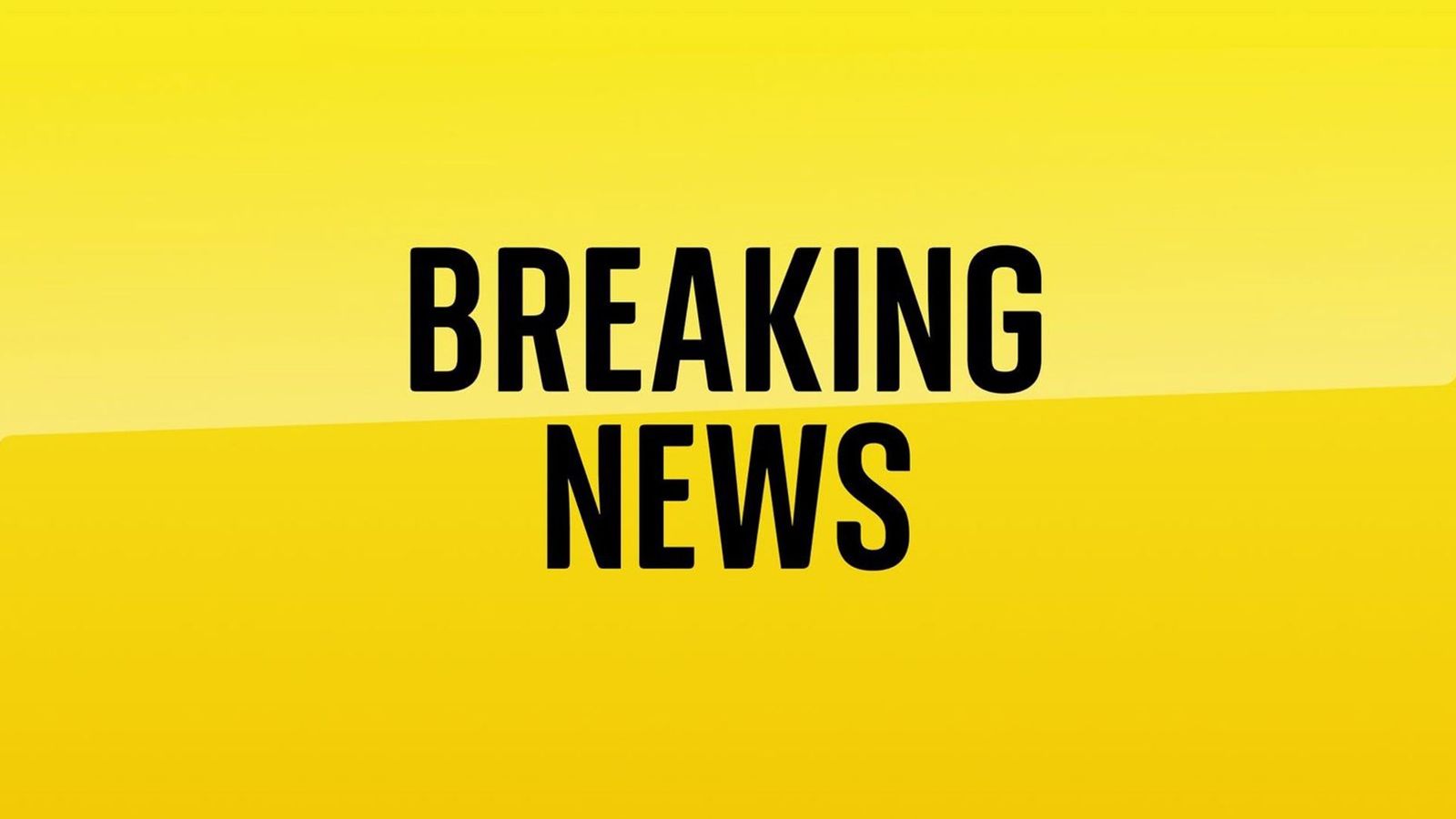Inflation figures: Sharp fall in the rate at which prices are rising

The rate of price rises has fallen sharply, according to official figures.
The key, consumer price index (CPI) measure of inflation fell to 6.8% in the year to July, down from a rate of 7.9% in June, Office of National Statistics (ONS) data showed.
It means prices are still rising but at a slower rate than before.
The figure of 6.8% had been predicted by economists.
Further falls are expected, with the Bank of England forecasting the rate will drop to 5% by the end of the year, still more than double the Bank’s 2% inflation target.
Another measure of inflation, which does not track items susceptible to sharp rises and falls, such as food and energy, was static. Core inflation remained at 6.9%, likely to be of concern for the people who decide interest rates, the Monetary Policy Committee members.
The rate of inflation has taken on political significance. Prime Minister Rishi Sunak made halving inflation one of his five pledges and said it was “on me personally” if the goal isn’t met.
It’s the Bank of England, however, which is tasked with increasing interest rates to take make borrowing more expensive to take money out of the economy and reduce inflation. So far they’ve upped rates 14 times in a row with another increase due to come next month.
Prices began to rise during the pandemic when difficulty with goods supply chains pushed up costs.
Advertisement
This was worsened when Russia invaded Ukraine and energy prices soared as countries in the West competed for alternative sources of energy in their move away from Russian oil and gas.
As the cost of energy has come down, so too has the overall rate of inflation.
Now, a key driver of overall price rises is an increase in wages. For the first time in nearly two years, wage growth in the private sector surpassed the rate of inflation.